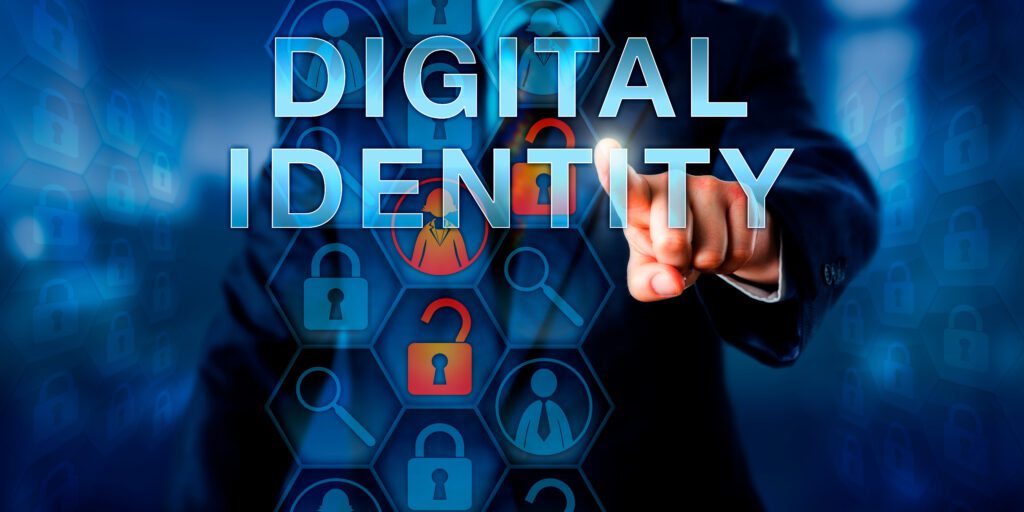The Link Between Age Verification and Identity Fraud Prevention

In an increasingly digital world, businesses are expected to balance user convenience with strict regulatory compliance. Industries such as online gaming, e-commerce, fintech, and entertainment face heightened scrutiny when it comes to preventing underage access and fraud. One solution that addresses both challenges is age verification. While its primary purpose is to ensure that customers meet legal age requirements, age verification also plays a significant role in identity fraud prevention. By combining robust technologies with compliance-driven frameworks, businesses can protect both their customers and their operations.
Understanding Age Verification
Age verification is the process of confirming whether a user meets the minimum legal age to access certain goods or services. For instance, online casinos must ensure that players are of legal gambling age, e-commerce sites must restrict the sale of alcohol or vaping products, and streaming platforms must block minors from viewing adult content.
Traditionally, businesses relied on manual checks such as ID scanning or self-declared dates of birth. However, with the rise of cybercrime and stricter global regulations, these outdated methods are no longer sufficient. Fraudsters can easily manipulate weak verification systems using stolen IDs, fabricated documents, or synthetic identities. This is where digital age verification, powered by advanced technologies like biometrics, AI, and database checks, becomes indispensable.
The Overlap Between Age Verification and Fraud Prevention
Though often discussed separately, age verification and identity fraud prevention are deeply interconnected. Let’s explore how:
1. Blocking Access for Fraudulent Identities
Fraudsters frequently use fake or stolen credentials to bypass verification systems. Without strong age verification in place, these malicious actors can gain unauthorized access to services, creating financial and reputational risks for businesses. By implementing identity checks alongside age confirmation, companies can ensure that the person attempting access is both of legal age and the rightful owner of the identity.
2. Combating Synthetic Identity Fraud
Synthetic identity fraud involves combining real and fake personal data to create a false identity. This type of fraud is one of the fastest-growing threats in the digital ecosystem. Age verification processes that use biometric verification and liveness detection make it much harder for synthetic profiles to pass through security layers. By confirming both age and identity, businesses close loopholes that fraudsters often exploit.
3. Ensuring Regulatory Compliance
Many industries operate under strict legal frameworks requiring businesses to perform both identity and age checks. For example, gambling regulators in the UK and EU mandate thorough verification processes to prevent underage gambling and fraud. Similarly, Know Your Customer (KYC) and Anti-Money Laundering (AML) regulations in the financial sector overlap with age verification, reinforcing the importance of robust systems. Non-compliance can lead to heavy fines, lawsuits, and even loss of operating licenses.
4. Reducing Chargebacks and Financial Losses
Identity fraud often leads to fraudulent transactions, which result in chargebacks, penalties, and revenue loss. Age verification systems that cross-check government-issued IDs with biometric data ensure that only genuine users are allowed to make purchases or access services. This reduces fraudulent activity and minimizes the financial burden on businesses.
5. Building Consumer Trust
Trust is the foundation of any successful digital business. Customers want assurance that their personal data is protected and that businesses operate responsibly. By implementing strong age verification measures that double as fraud prevention tools, companies send a clear message: they prioritize both user safety and compliance. This transparency helps attract loyal customers and strengthens brand reputation.
Technologies Powering Age Verification and Fraud Prevention
Modern age verification systems are powered by advanced technologies that also enhance fraud detection and prevention:
- Biometric Verification: Facial recognition and fingerprint scans confirm that the individual is who they claim to be.
- Liveness Detection: Prevents spoofing attempts by ensuring that the user is physically present during verification.
- AI and Machine Learning: Detect anomalies in documents and patterns that signal fraudulent behavior.
- Database Cross-Checks: Validate user information against government or third-party databases for accuracy.
These multi-layered systems not only verify age but also provide businesses with strong defenses against fraudulent activities.
Industry Applications
The connection between age verification and fraud prevention is especially evident in industries that deal with age-restricted products or services:
- Online Gaming & iGaming: Prevents minors and fraudsters from accessing platforms, reducing financial and compliance risks.
- E-commerce: Ensures that alcohol, tobacco, and vaping products are sold only to legitimate, age-verified buyers.
- Fintech & Banking: Age verification overlaps with identity checks to prevent account takeovers and money laundering.
- Streaming & Adult Content: Protects minors from exposure and prevents fraudulent users from abusing trial accounts or payment systems.
In each of these sectors, failing to implement robust systems could result in severe legal, financial, and reputational consequences.
The Cost of Weak Verification
When businesses overlook the importance of age verification, they inadvertently create opportunities for fraud. Some potential risks include:
- Heavy regulatory fines and sanctions.
- Increased chargebacks and revenue losses.
- Loss of customer trust due to data breaches or underage exploitation.
- Legal action for enabling minors to access restricted products or services.
The costs of weak verification far outweigh the investment in modern age verification systems that double as fraud prevention tools.
Conclusion
Age verification is no longer just about confirming whether a customer is old enough to access certain services—it has evolved into a powerful fraud prevention tool. By leveraging advanced technologies such as biometrics, liveness detection, and AI-driven checks, businesses can prevent identity fraud while remaining compliant with global regulations.
The link between age verification and fraud prevention is clear: both are essential for safeguarding minors, protecting businesses, and maintaining customer trust. Companies that invest in robust systems are not only ensuring compliance but also building a foundation for long-term security and success in the digital economy.
